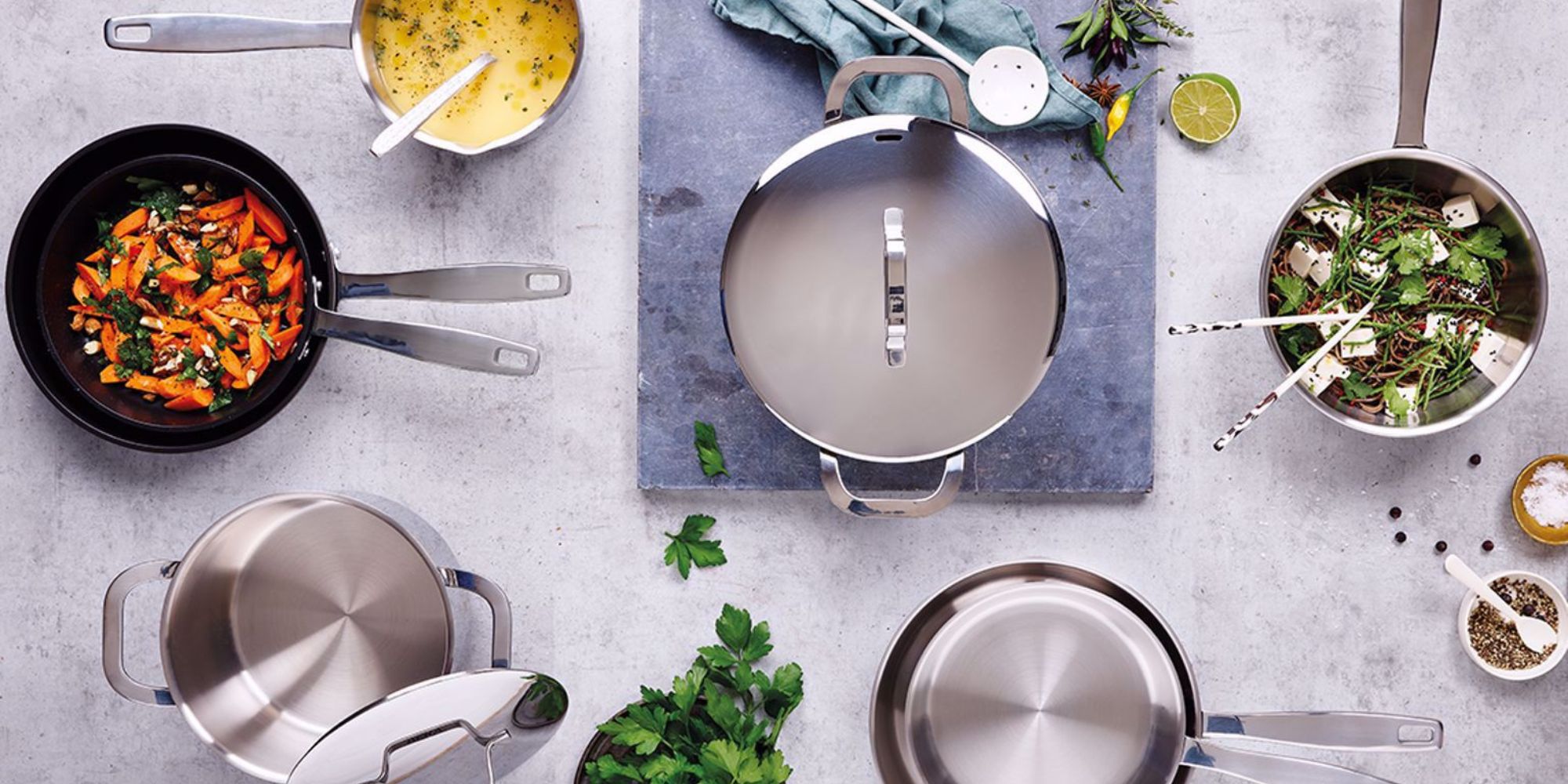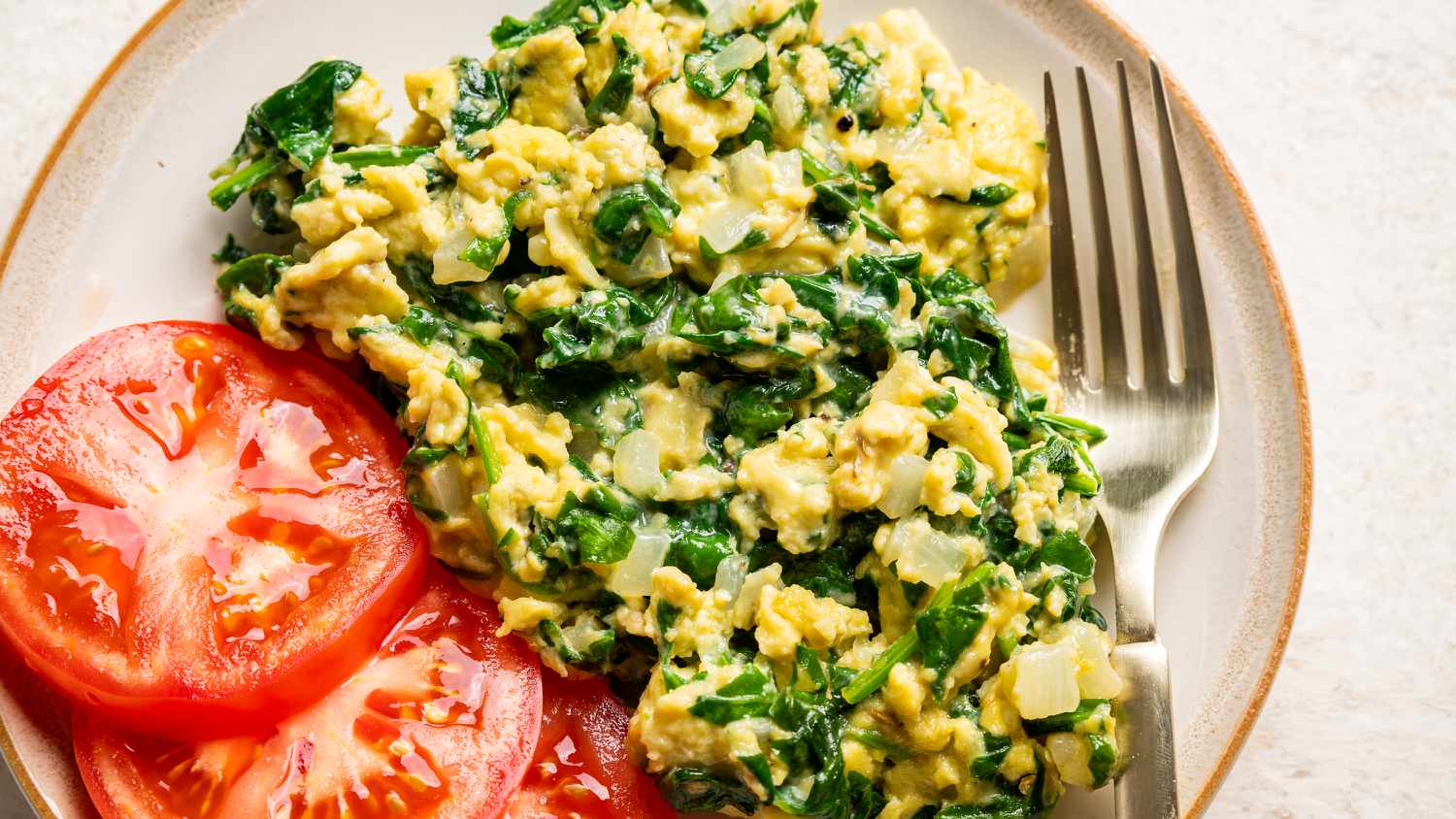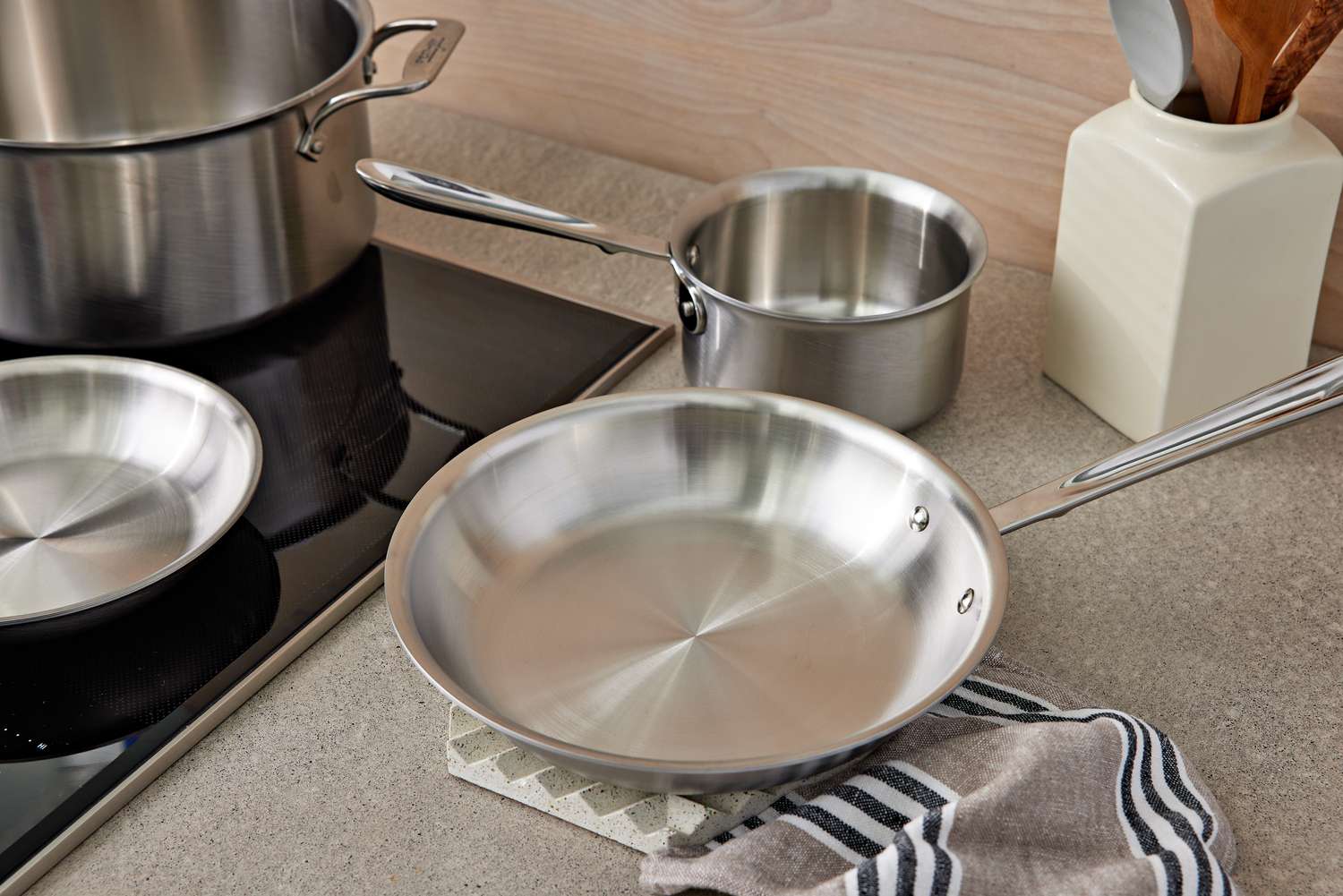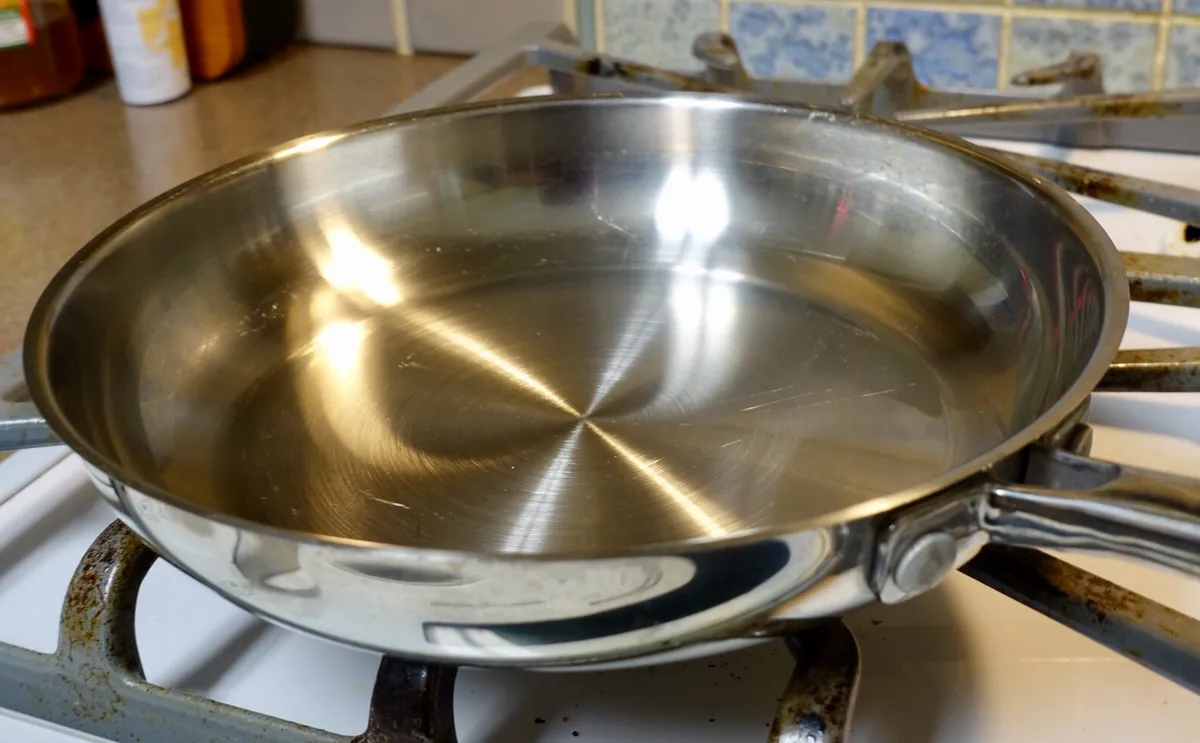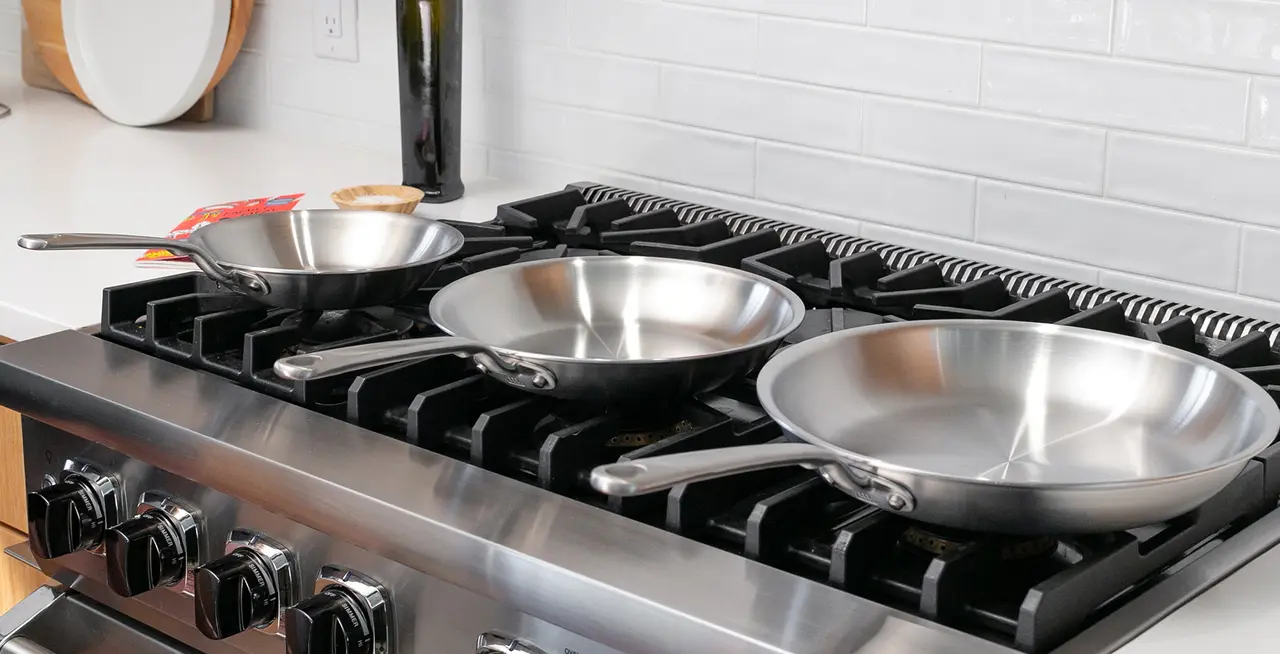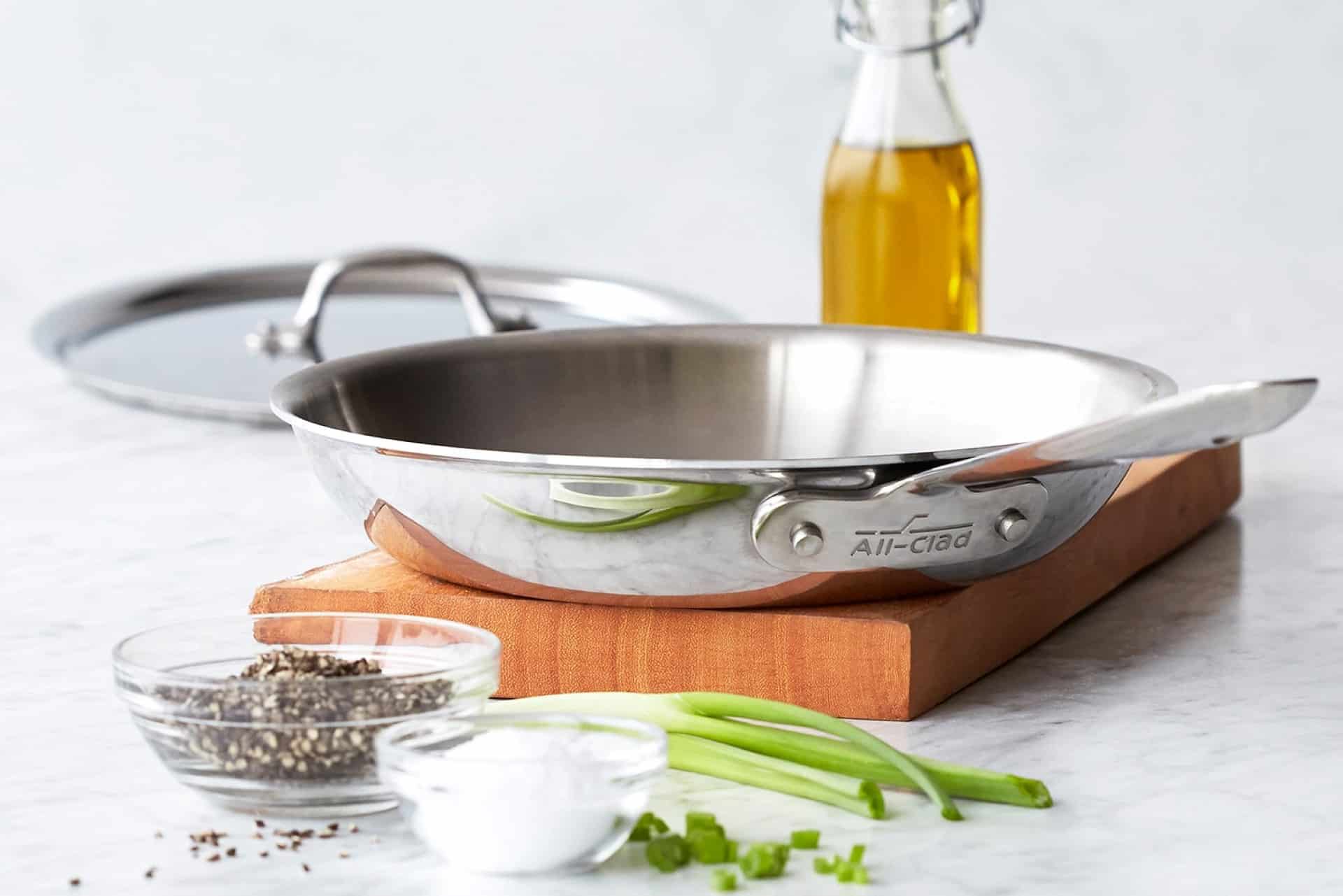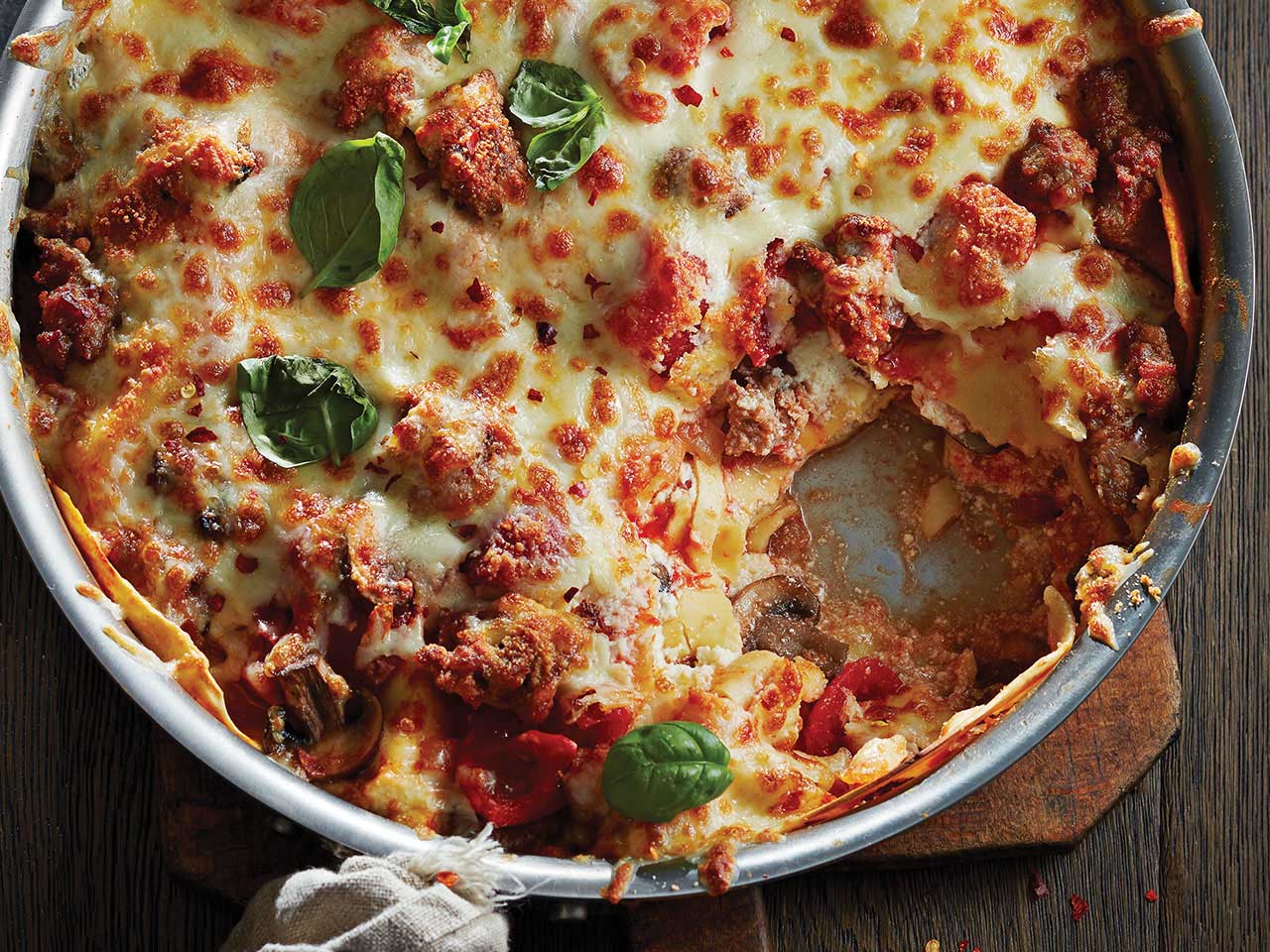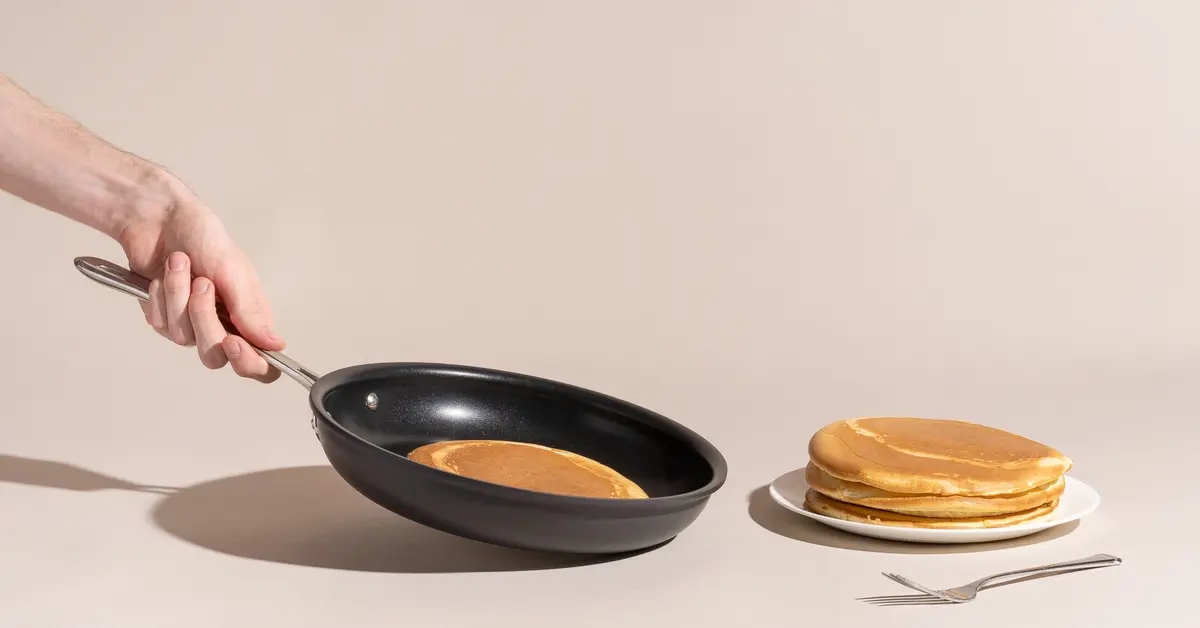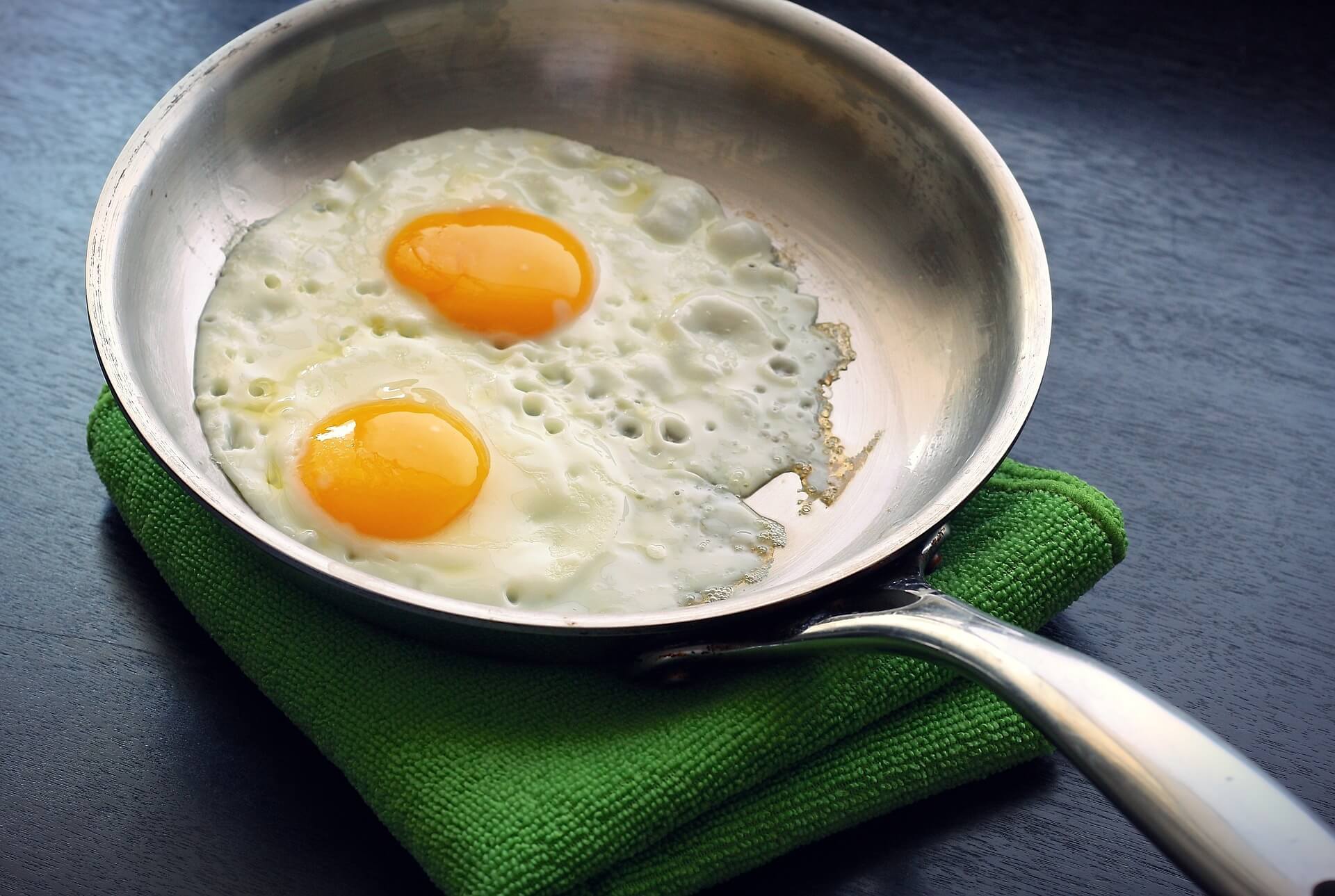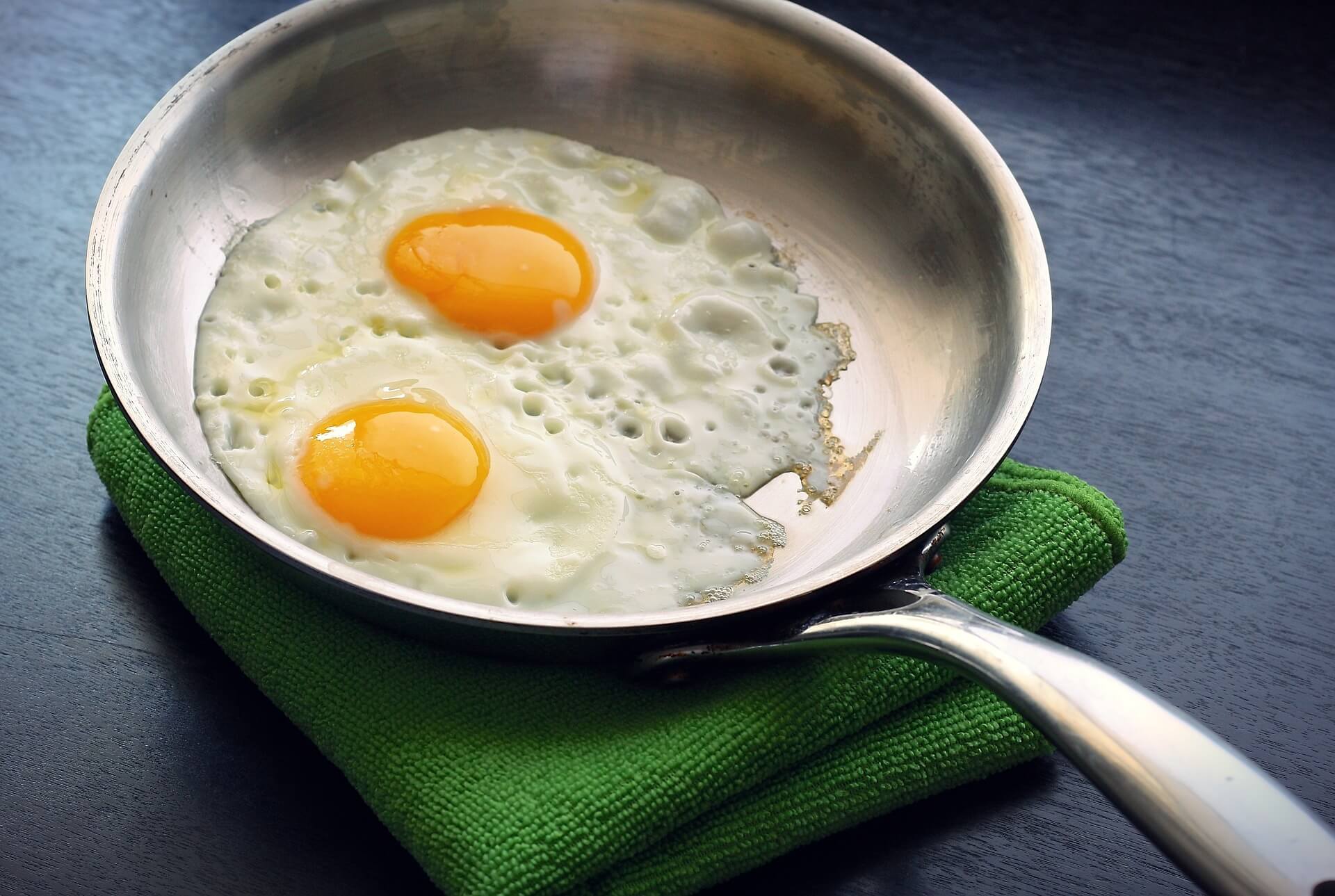Mastering the Art of Sauteing in Stainless Steel
If you’re looking for a versatile and efficient way to cook your favorite dishes, sautéing in stainless steel pans is a great option. Not only does it allow for even heat distribution, but it also provides a beautiful sear on your ingredients. However, sautéing in stainless steel requires a bit of finesse to prevent food from sticking to the pan. With the right techniques and a few simple tips, you can become a pro at sautéing in stainless steel in no time.
Preparation is Key
Before you start sautéing, it’s important to properly prepare your ingredients and your pan. Here’s what you need to do:
- Prep Your Ingredients: Chop, slice, or dice your ingredients uniformly to ensure even cooking.
- Preheat Your Pan: Place your stainless steel pan on the stove over medium heat and allow it to preheat for a few minutes.
- Add Oil: Once the pan is hot, add a high smoke point oil such as canola, grapeseed, or peanut oil. Swirl the oil around to coat the bottom of the pan evenly.
The Sautéing Process
Now that your ingredients and pan are ready, it’s time to start sautéing. Follow these steps for a successful sauté:
- Start with Aromatics: Add aromatics like minced garlic, onions, or shallots to the hot oil and sauté for a minute or two until they become fragrant.
- Add Protein or Vegetables: Once the aromatics are ready, add your protein or vegetables to the pan. Be sure not to overcrowd the pan, as this can lead to steaming rather than sautéing.
- Keep It Moving: Use a spatula or tongs to continuously move the ingredients around in the pan. This helps to ensure even cooking and prevents sticking.
- Season and Finish: Season your dish with salt, pepper, and any other desired spices. Once the ingredients are cooked to your liking, remove the pan from the heat.
Tips for Success
Here are a few additional tips to help you achieve perfect sautéed dishes in your stainless steel pan:
- Use the Right Tools: Opt for silicone or wooden utensils to avoid scratching the surface of your stainless steel pan.
- Patience is Key: Allow your pan to preheat properly and avoid overcrowding it with ingredients.
- Don’t Overdo the Oil: Using too much oil can lead to splattering and a greasy end result. A thin, even layer of oil is all you need.
- Embrace the Fond: The browned bits that form at the bottom of the pan (fond) are full of flavor. Deglaze the pan with a splash of wine or broth to incorporate those delicious caramelized flavors into your dish.
Cleaning and Maintenance
After you’ve finished cooking, it’s important to properly clean and maintain your stainless steel pan. Here’s what you should do:
- Cool Down: Allow the pan to cool down before washing it with warm, soapy water.
- Avoid Abrasive Cleaners: Use gentle sponges or non-abrasive pads to clean the pan to prevent scratching the surface.
- Dry Thoroughly: After washing, dry the pan thoroughly to prevent water spots or discoloration.
- Store Properly: Store your stainless steel pan in a dry, well-ventilated area to prevent moisture buildup.
By following these tips and techniques, you can elevate your sautéing skills and create delicious, perfectly cooked dishes in your stainless steel pan. With a little practice and the right approach, sautéing in stainless steel can become second nature, allowing you to enjoy restaurant-quality meals in the comfort of your own kitchen.
